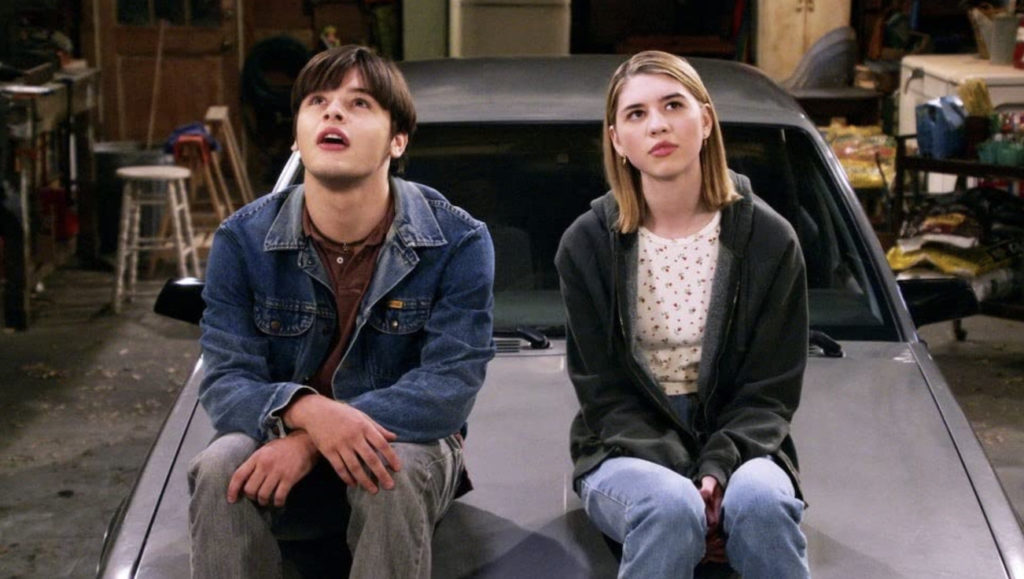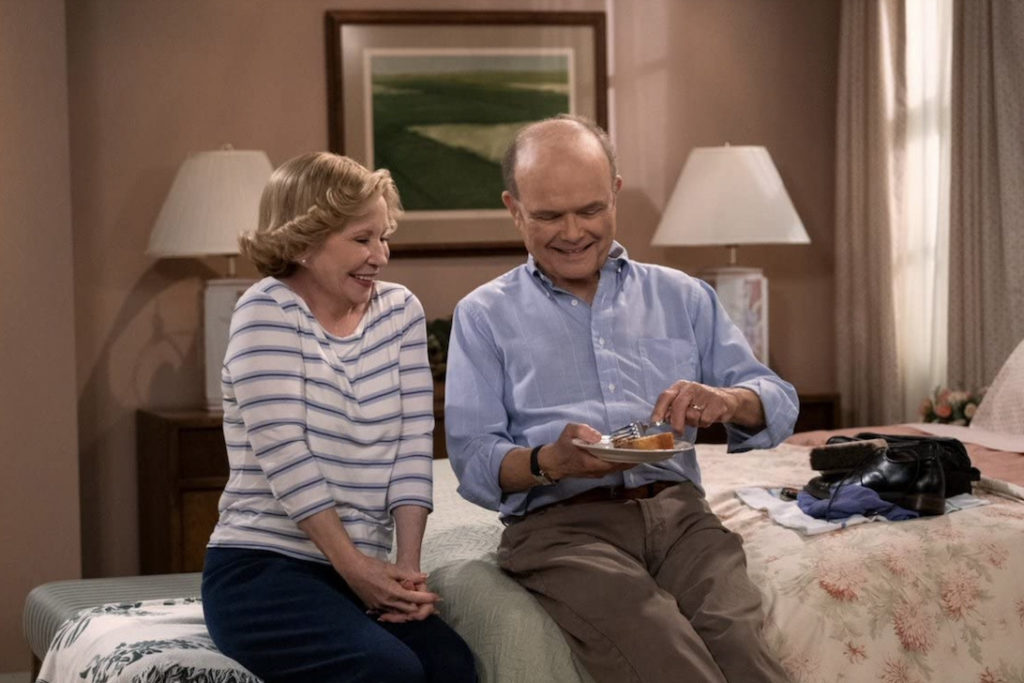
Nostalgia is a powerful motivator for many people to pursue the opportunity to recapture the freedom and positive energy of their – or their parents’ – youth. That’s certainly the case for both the characters and the targeted audience of the equally humorous and sentimental new teen/period sitcom, That ’90s Show.
The project serves as a sequel series to the hit, Emmy Award-winning 1990s-2000s FOX sitcom, That ’70s Show. The follow-up amps up the nostalgia factor by mixing returning characters from the original series with new characters they’re related to in the decade that contemporary society has been memorializing in recent years.
That ’90s Show was created and developed by Bonnie Turner and Terry Turner, who also created the sitcom’s predecessor. The duo’s daughter, Lindsey Turner, and Gregg Mettler also served as creators on the upcoming series.
The four creators also served as executive producers on the new continuation. The first eight episodes of That ’90s Show were directed by: Gail Mancuso.
Set in 1995, That ’90s Show follows Leia Forman [Callie Haverda], the smart teenage daughter of of Eric Forman and Donna Pinciotti [Topher Grace and Laura Prepon] from the original sitcom, who craves some adventure in her life. Desperate to find friends who aren’t her dad, she’s thrilled to bond with the local teens when she arrives in Point Place, Wisconsin to visit her grandparents, Red and Kitty [Kurtwood Smith and Debra Jo Rupp].

Leia instantly connects with the dynamic and rebellious Gwen [Ashley Aufderheide], who lives next door to her grandparents in her mother’s childhood home. With the help of Gwen’s friends, including her lovable brother Nate [Maxwell Acee Donovan]; his smart, laser-focused girlfriend Nikki [Sam Morelos]; the sarcastic and insightful Ozzie [Reyn Doi]; and the charming Jay [Mace Corone], who serves as Leia’s love interest, she realizes adventure could happen there for her, just like it did for her parents 20 years earlier.
Excited to reinvent herself, Leia convinces her parents to let her stay with her grandparents in in Wisconsin for the summer. With a basement full of teens again, Kitty is happy the Forman house is now a home for a new generation. However, Red is still apprehensive about opening their basement to the rebellious teens of Point Place.
Like most sequel television series, That ’90s Show thrives as a nostalgia-fueled tribute that focuses more on appealing to the viewers of the original series than attracting new fans or creating unique characters and distinct plotlines. Having Leia move in with her grandparents and spend time in their basement with her friends, just like Eric and Dona did, proves to just be repetitive of the rebellious stance of That ’70s Show‘s adolescent protagonists.
The Turners and their fellow writers also limit the project’s universal appeal and relatability by also mainly targeting the new Netflix sitcom to Millennials who grew up in the titular decade. They’ll surely be the viewers who most appreciate the then-contemporary musical, movie and video games that Leia and her new friends reference on each episode.
Despite their differences in personalities, the adolescent characters unite in their passion for then-current pop culture, from Alanis Morissette and Sheryl Crow to Clerks, Free Willy and Donkey Kong, which largely aren’t relevant to modern teens. But that disassociation from pop culture references makes it easier for younger audiences to understand Leia’s initial unease at fitting in with her diverse new friends, despite their instant readiness to accept her for who she is.
The ensemble cast of young actors on That ’70s Show, including Ashton Kutcher, Mila Kunis, Grace, Prepon and Wilmer Valderrama, found lasting success to varying degrees after the series ended in2006. But the core group of young performers on its successor have a long way to go to prove they have the same staying power, in part due to the overall limited development the sequel’s writers gave to their characters.

Between balancing the dynamics of Leia’s relationships with her her family and new friends with their parents’ lives and Kitty and Red’s retirement, the supporting teens are largely one-dimensional caricatures of their counter-parts on That ’70s Show. If the follow-up series is renewed for a second season, the writers need to find a way to not lean into supporting character tropes as much, and allow Aufderheide, Coronel, Donovan, Doi and Morelos to bring more defining personality traits into their performances
But as the lead actress on the new sitcom, Haverda gives a standout performance. She shows that the once reserved Leia is now determined to not let anything stand in her way of having fun and being accepted for who she is by her peers. The actress has a truly genuine connection to Aufderheide, who is able to infuse moments of genuine energy and liveliness into the rebellious Gwen as she offers her new friend encouragement to pursue what she wants.
That ’90s Show is a serviceable sequel series to its hit predecessor, That ’70s Show that certainly has the potential to grow and amp up its character development and comedy if its renewed for a sophomore season. Haverda gives her breakthrough performance as Leia, who wants to find her independence and sense of self, just like her parents did 20 years earlier. While the protagonist’s new friends are inadequately developed in many aspects, their personalities are unique enough to make the follow-up series an overall serviceable tribute to its predecessor.
All ten episodes of That ’90s Show‘s first season are now streaming on Netflix.
Grade: B-

Check out more of Karen Benardello’s articles.
Here’s the trailer of series.
https://www.youtube.com/watch?v=F36HBFGxWkg

